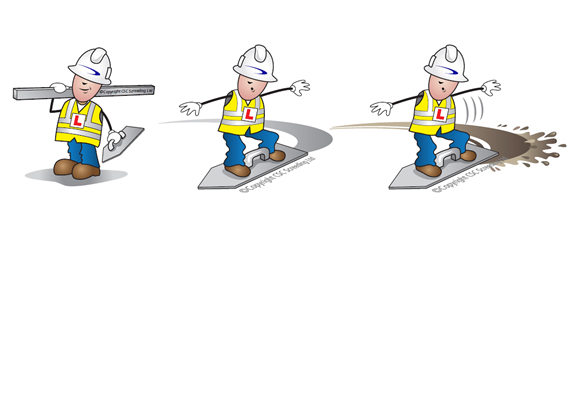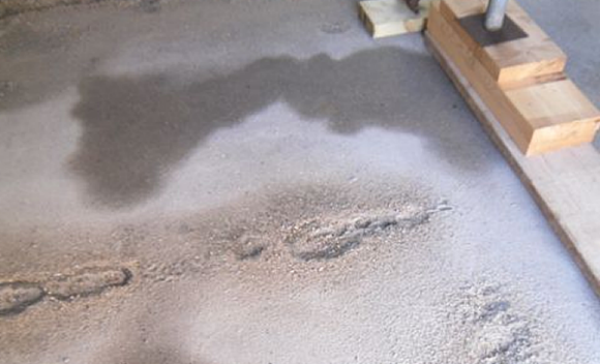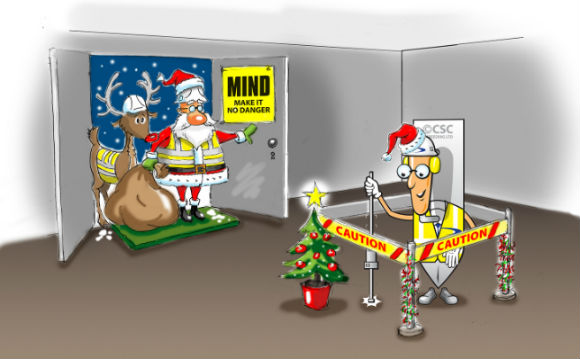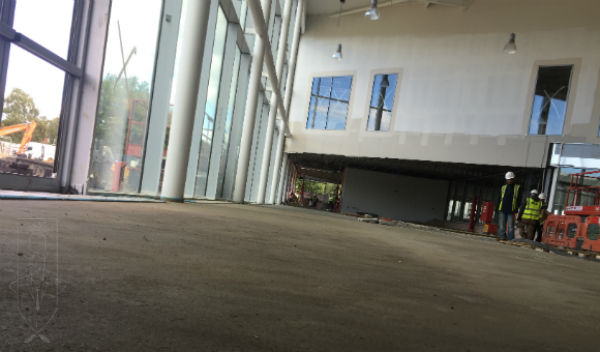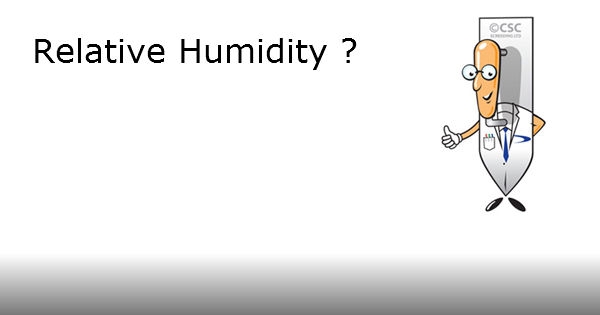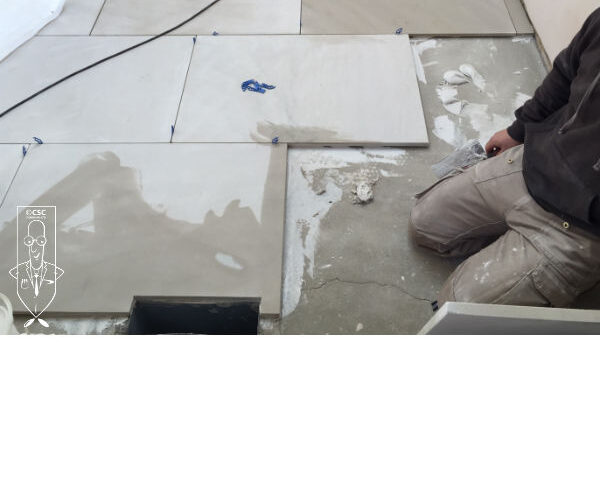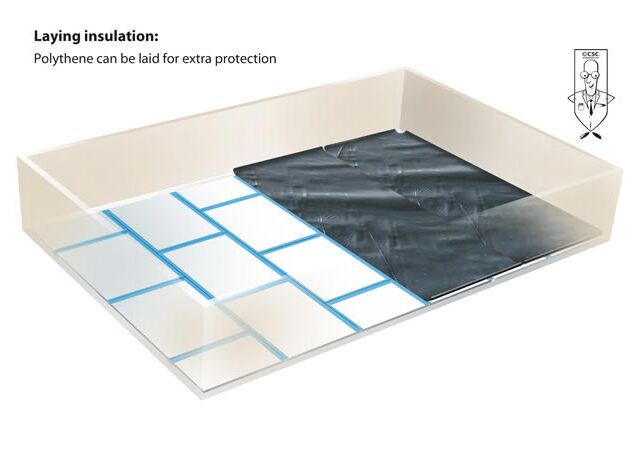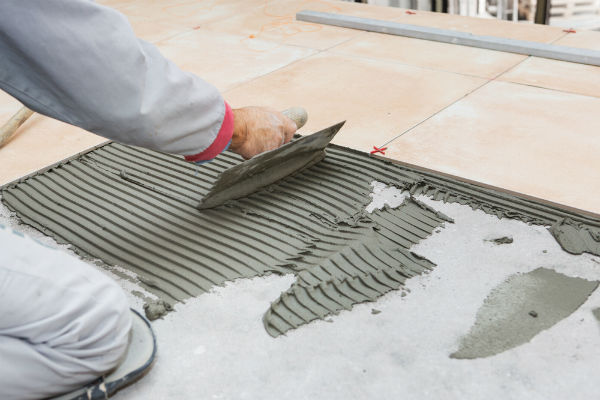The Screed Scientist has an Apprentice!
If you have joined our gang on the Screed Scientist website to learn a thing or two about screeding, well consider yourself lucky in that you might actually know more than our latest recruit 'The Screed Apprentice' It occurred to us that we were a bit heavy on the boffin side with The Screed Scientist,...


